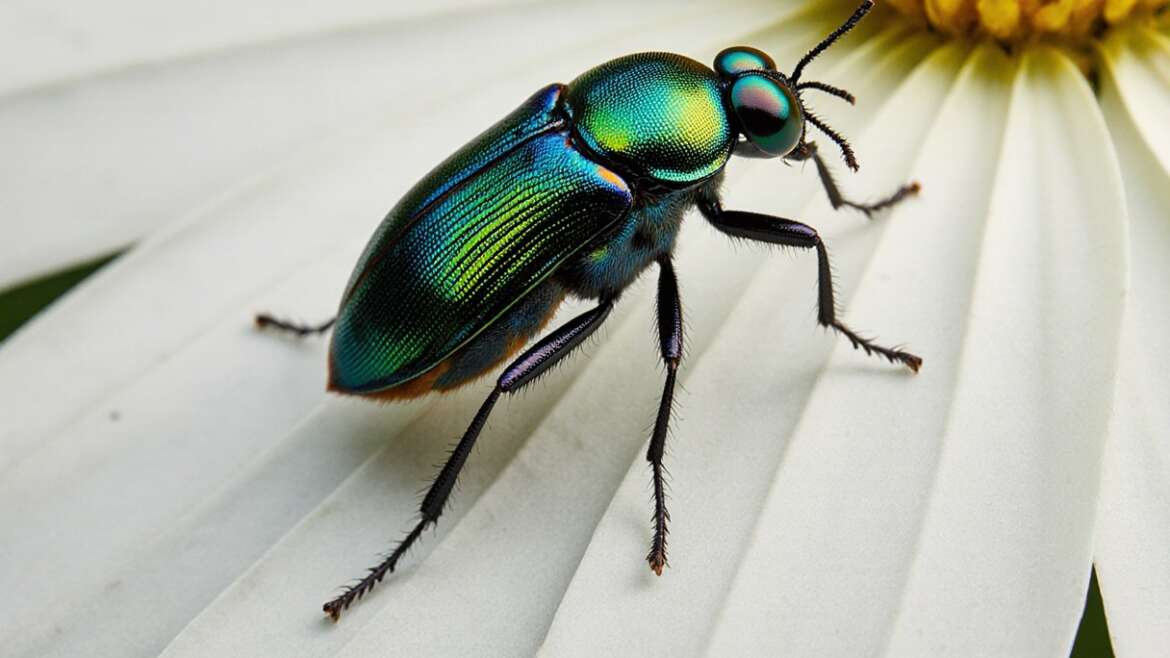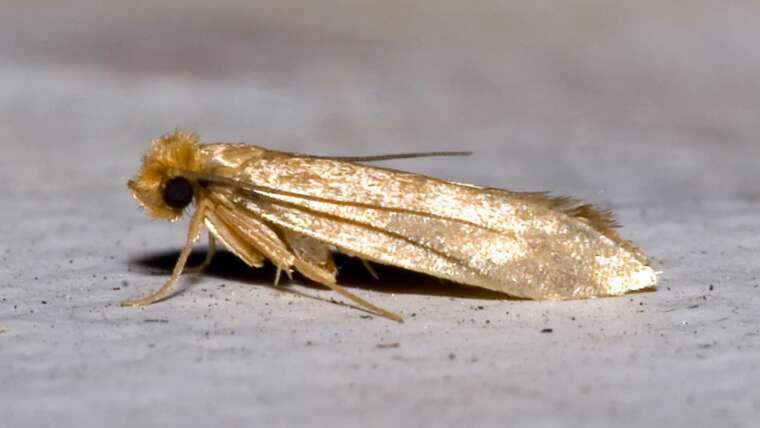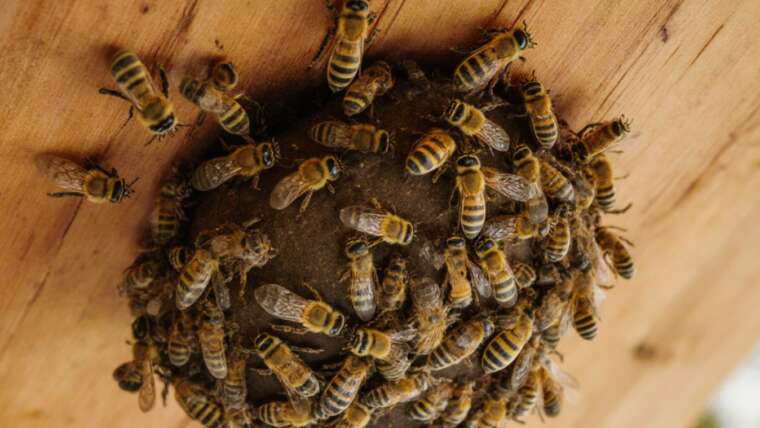The Season of June Bugs: What You Need to Know
As the days lengthen and the summer sun approaches, many homeowners find their outdoor spaces illuminated by vibrant lighting. However, this time of year also marks the onset of June bug season, when these pesky beetles become more active than ever.
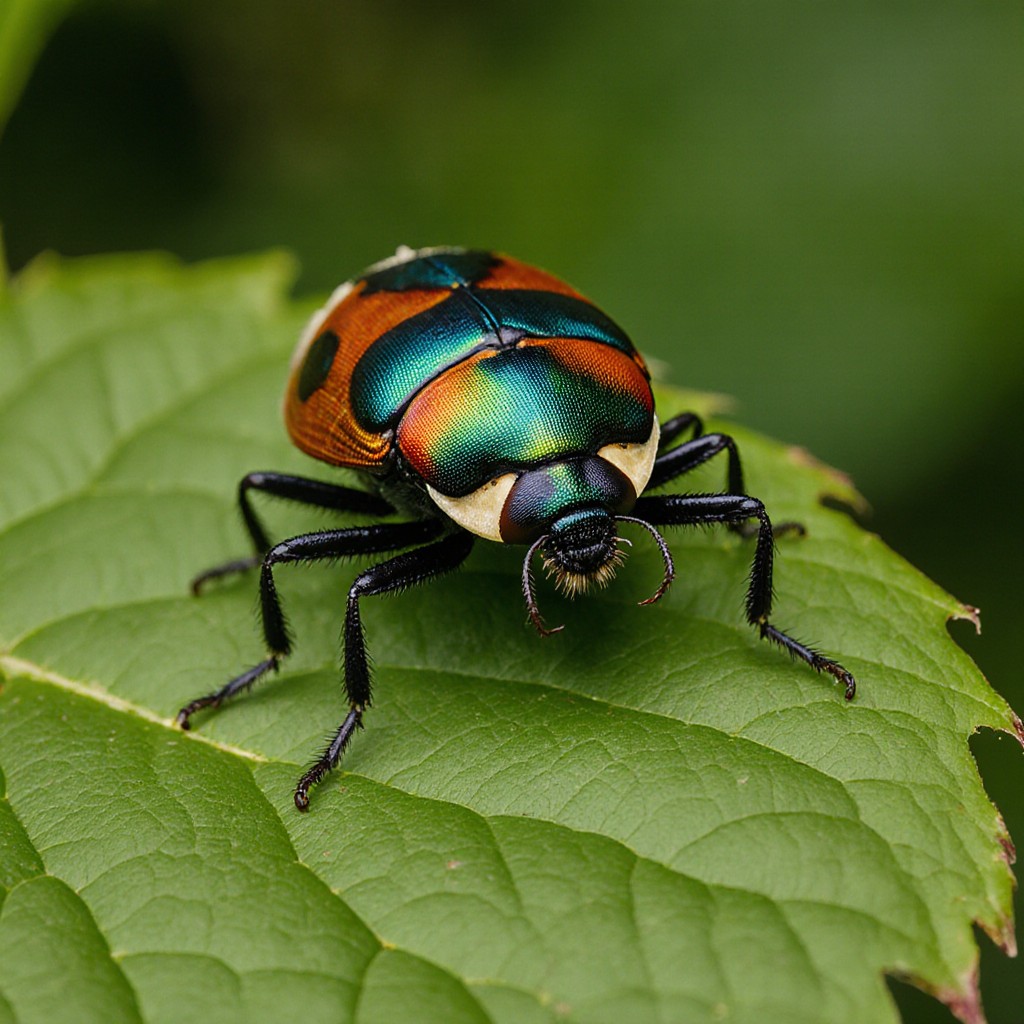
What are June Bugs?
The term “June bug” encompasses a diverse group of over 100 species of beetles within the scarab family, known for their connection to ancient Egyptian symbolism. Commonly referred to as June beetles or May beetles, these insects generally measure between one-half and five-eighths inches in length, showcasing a distinctive reddish-brown coloration and glossy wing covers, scientifically termed elytra.
Tip: Consider researching specific species of June bugs in your area. Some types may have unique characteristics and behaviors that could help you devise effective strategies for managing them.
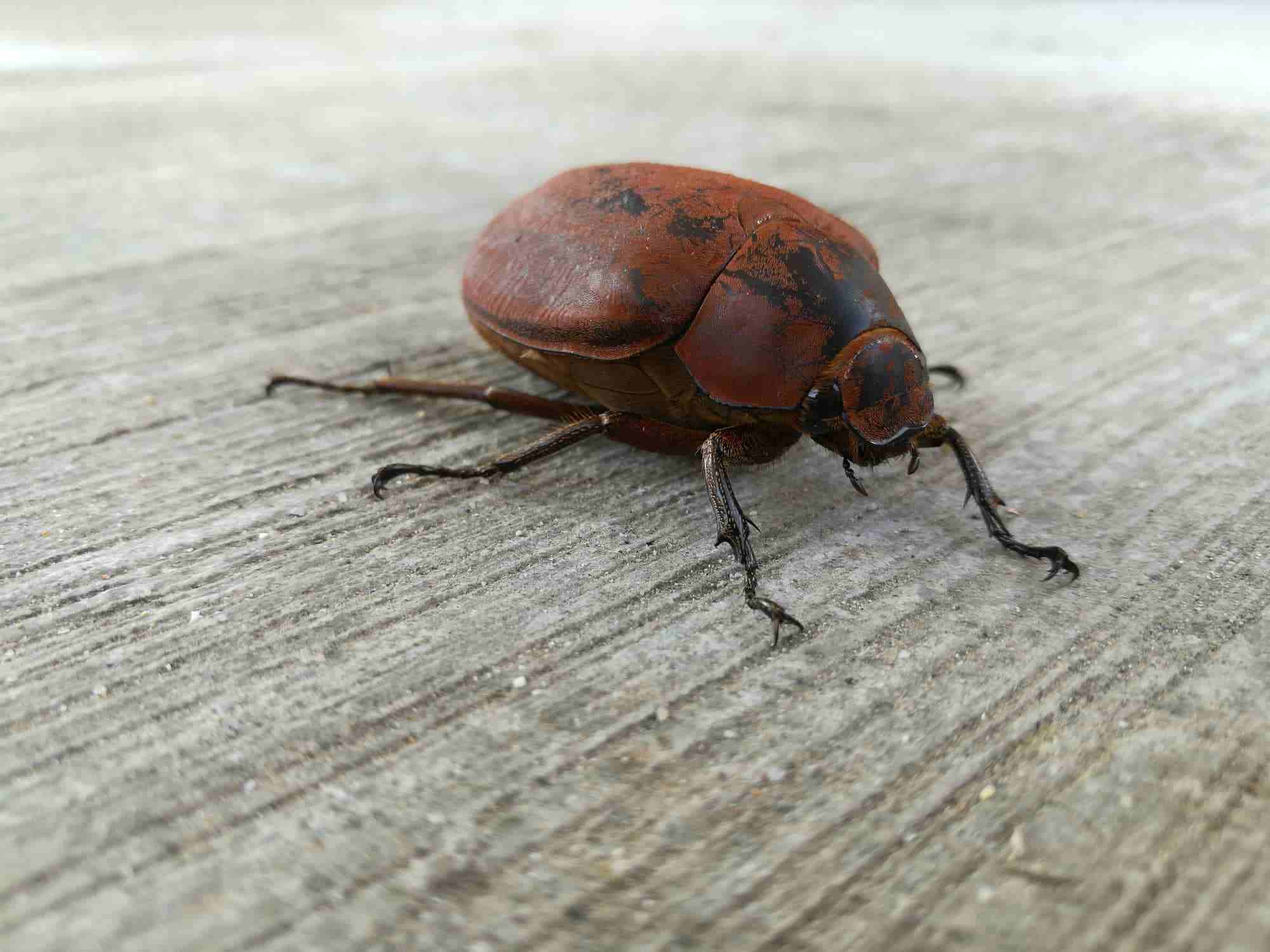
Despite their appealing appearance, June bugs can cause significant harm to gardens, lawns, and pastures. Classified as chafers, their diet primarily consists of foliage, but they also nibble on grass, flowers, fruits, and even food crops such as wheat and corn. This feeding behavior justifies their scientific name, Phyllophaga, which translates to “leaf eater.” Being nocturnal, these insects prefer to forage during dusk and evening hours to evade potential predators.
Where Does the Name June Bug Come From?
The name “June bug” stems from the timing of adult beetles emerging from the soil, typically at the close of spring or during the early days of summer. Females lay their eggs just beneath the soil surface, where they will hatch within three to four weeks. Once they emerge as larvae, they feed on grass and plant roots for several months, with a lifecycle that can stretch up to three years. As spring transitions into summer, the larvae develop into pupae, eventually maturing into adult beetles within three weeks.
Tip: Monitoring the timing of adult emergence can help you anticipate when to expect these bugs. Keeping a journal of seasonal changes can provide valuable insights for pest management.
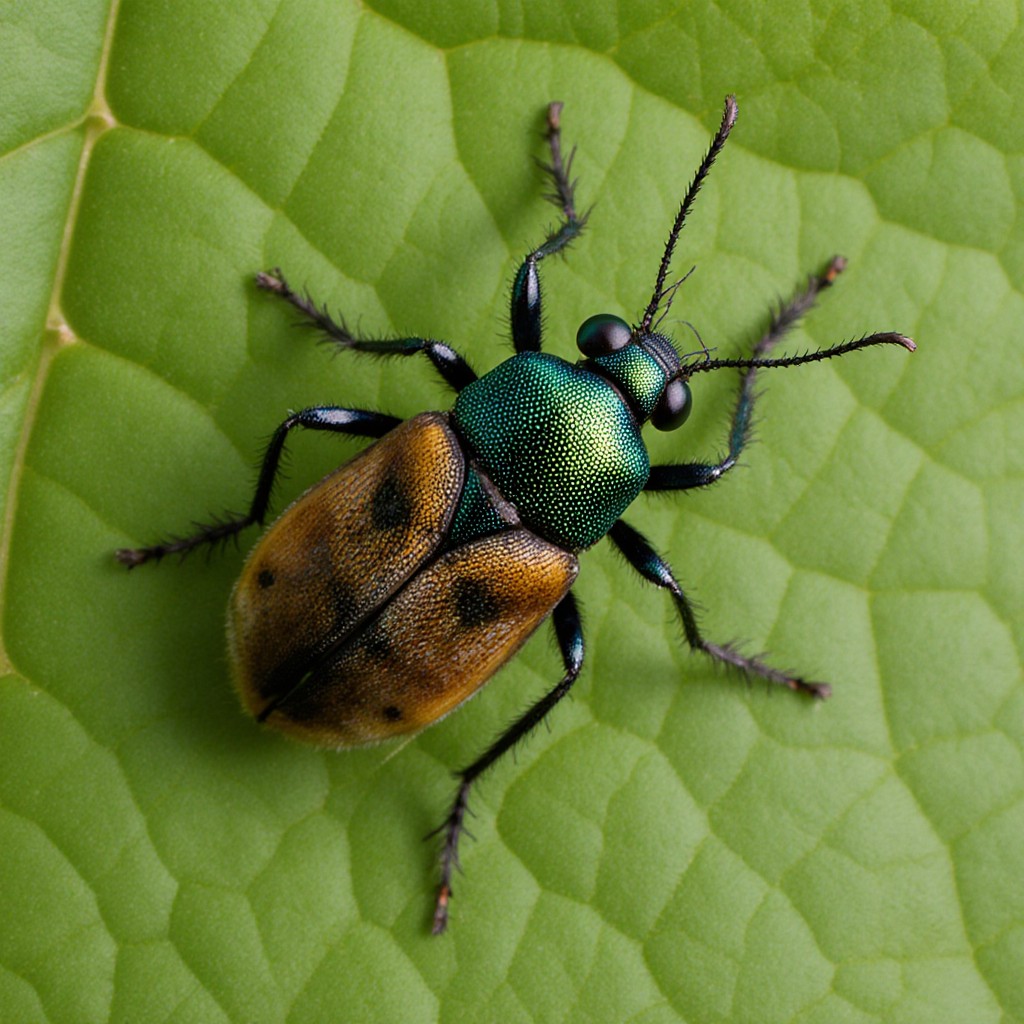
Why Are June Bugs Attracted to Light?
Adult June bugs are largely harmless but can become a nuisance due to their attraction to light sources. This fascination can make evenings spent on porches or patios less enjoyable, as they are drawn to both outdoor and indoor lighting. The buzz of June bugs colliding with window screens has become synonymous with summer in many U.S. regions.
Despite the commonality of this behavior, scientists remain perplexed about the exact reasons behind it. Numerous hypotheses abound, but a definitive explanation that accounts for the attraction of various nocturnal insects to light has yet to be established.
Tip: To minimize their presence, consider using yellow or sodium vapor lights for outdoor lighting, as these bulbs are less attractive to insects than standard white lights.
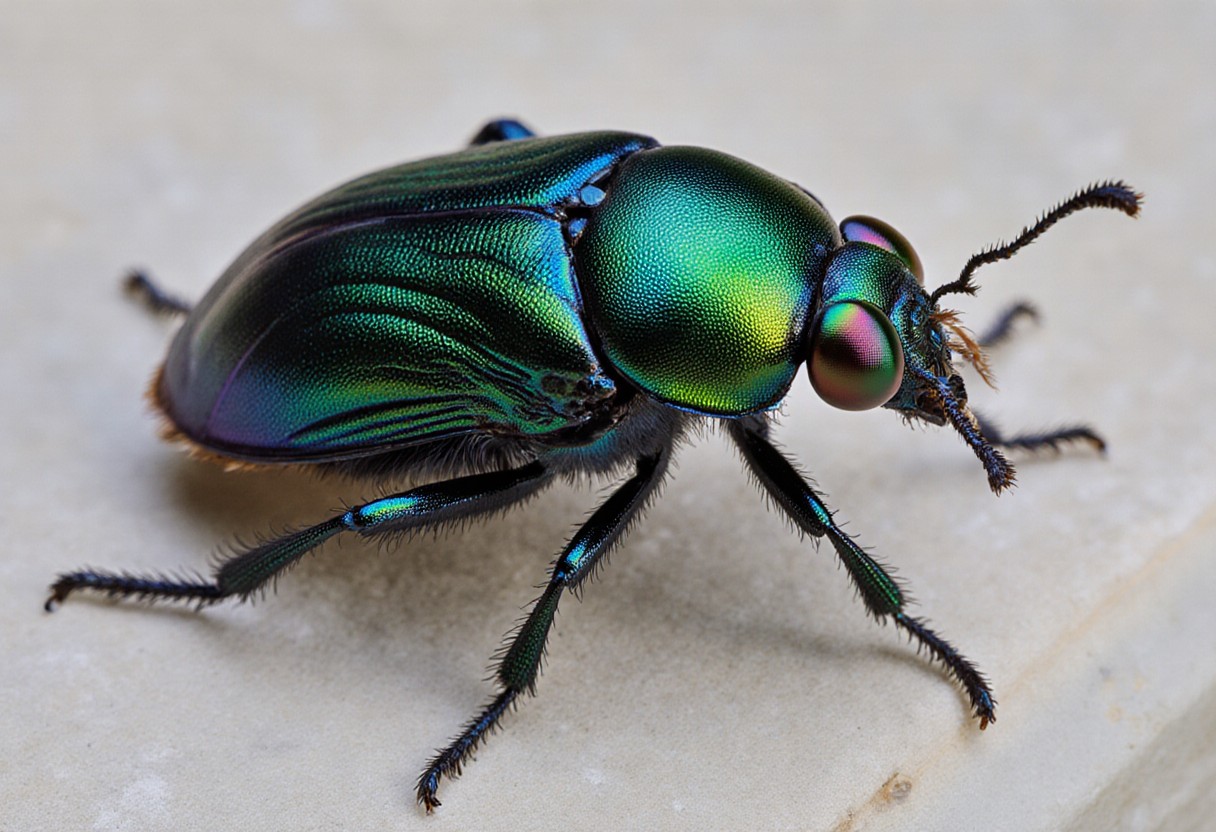
How Can You Help Keep June Bugs in Check?
If you notice clear signs of a June bug infestation—such as brown patches within your lawn or damaged plants—you may be dealing with ground-dwelling June bug larvae.
A proactive approach to managing these pests involves creating an unfavorable environment for their larvae. Maintaining a healthy lawn through practices such as overseeding thinned areas is crucial in preventing infestations. Alongside regular lawn care, consider adopting organic pest control measures that deter June bugs without harming beneficial insects.
Tip: Implementing beneficial insects, such as nematodes, can help naturally manage June bug larvae populations, safeguarding your lawn and garden.
As the summer months approach, taking preventative measures can help you enjoy your outdoor spaces, love your garden’s vibrancy, and keep summer nuisances like June bugs at bay.

